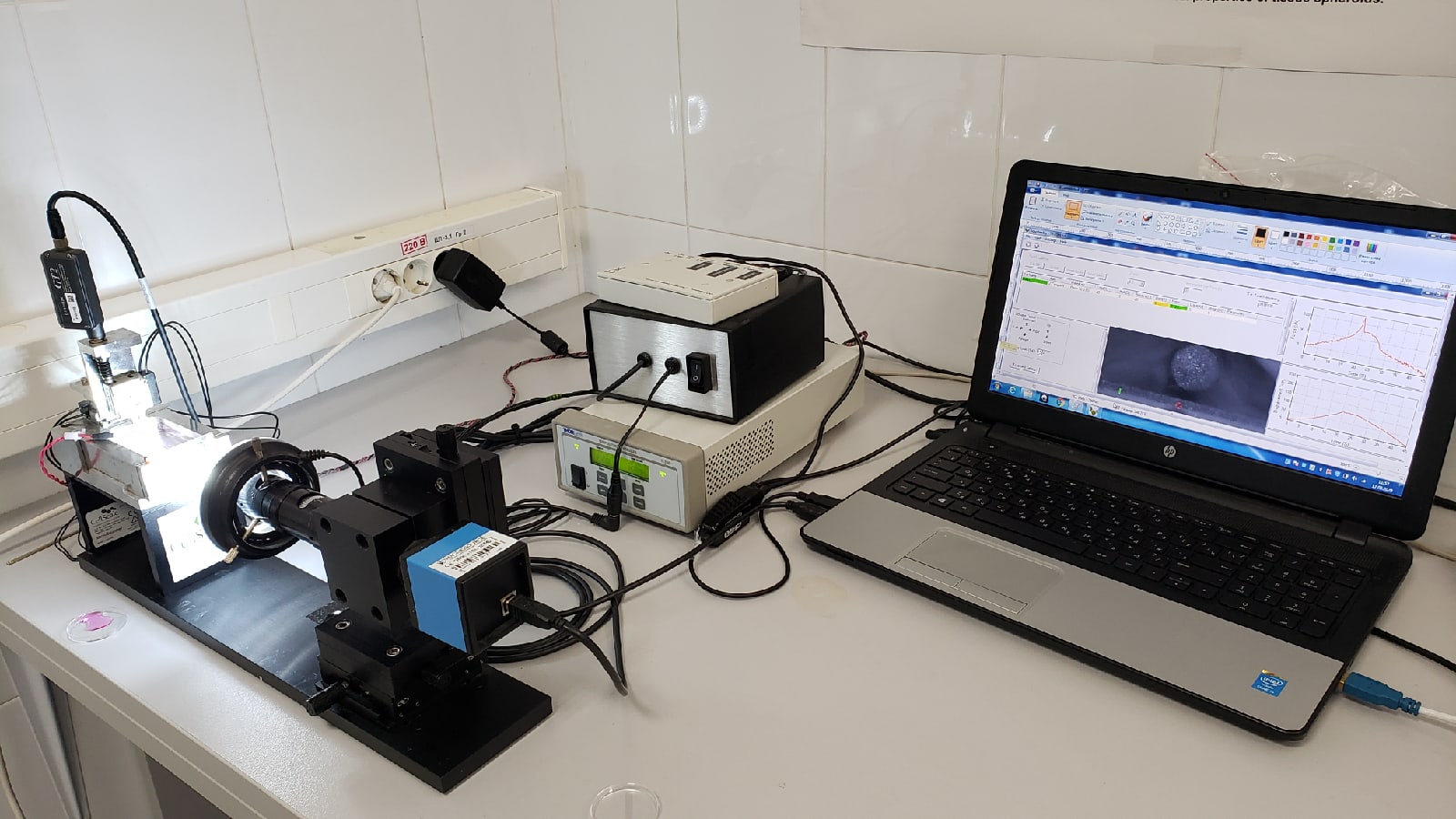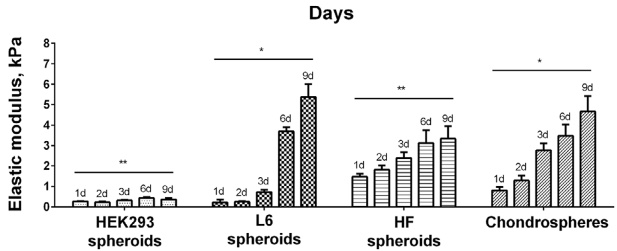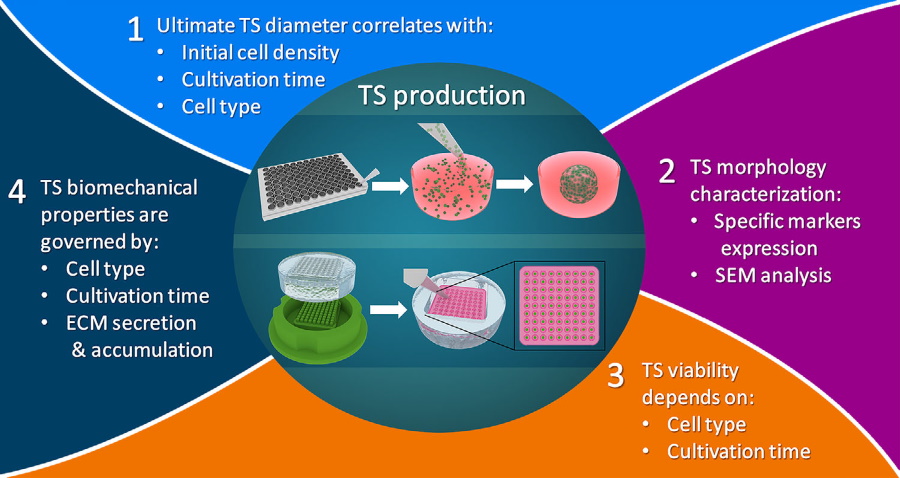Tissue spheroids (TS) are being increasingly recognized as a powerful tool to create 3D human tissues. This complex cell and matrix composition is formed without scaffolds and can recapitulate the architecture and functional characteristics of native tissue. TS is extremely attractive as an alternative to animal testing in drug discovery and cancer research, however the fabrication of TS is widely diverse and does not follow a protocol that tracks spheroids size, growth and morphology over time. Here, Dr. Elena Bulanova and her team at the Laboratory for Biotechnology Research 3D Bioprinting Solutions in Russia has presented a straightforward procedure for fabricating and characterizing TS with defined properties and uniform predictable geometry. Her solution applies to different cell types and uses non-adhesive technology.
In their comprehensive study, they have established that different cell types contributed to different growth patterns, where diameter and roundness parameters were tracked over time up to 9 days. TS morphology and viability were also found to be cell-type specific. Using the CellScale MicroTester, the team could evaluate the mechanical properties of TS and discovered them to vary significantly depending on cell type. The image below shows the setup of the MicroTester for the experiment and the graph below shows the Elastic Modulus of TS for different cell types and maturation time.


To read the full article, click here: https://doi.org/10.1002/biot.201900217
To read more about Dr. Bulanova’s research, click here: https://scholar.google.com/citations?user=V8gGRS0AAAAJ&hl=en
To read about mechanical testing of miniaturized needle arrays, click here.








